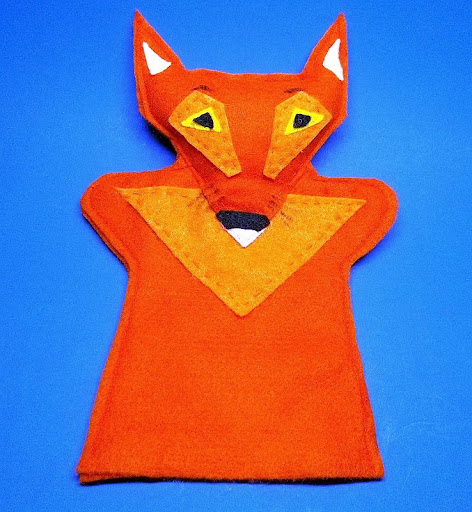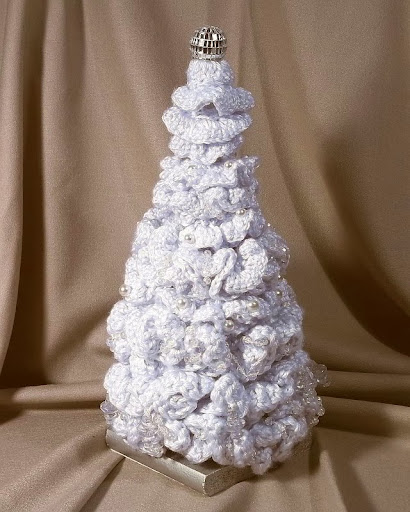For this last blog post of 2013, Annake presents an interview with our very talented glass artisan...
How and when did you get started working with glass?
I've been working with glass for about ten years. When I retired from the health care profession, I wanted to do something different -- something that was really fun to do. I'd always been fascinated with glass. As you can see, I have collected quite a bit of it over the years. I love the way the light moves through it.
You work with both stained glass and fused glass, don't you?
“Stained” glass is a misnomer. What I work with is art glass. It comes in sheets of various colors and textures. It can be cut to pattern shapes, which are then framed with metal strips that are soldered together.
I score it along the pattern lines. I try to make a deep, even cut in the surface of the glass. Putting pressure on both sides of the of the scored line causes a break to form and spread along the scoring. If I'm lucky, the glass breaks cleanly and I can proceed to the next step.
And if you're not lucky?
Then I have to try again. I have a whole drawer full of “bad breaks”, as well as of bad ideas that seemed fine in theory but didn't work out in practice. That drawer keeps me humble!
What is the hardest thing about working with art glass?
For me, probably the soldering. Soldering is not my greatest skill. Also, art glass is very hard to cut. I don't work as much with it lately because I have had some trouble with my hand strength. (She indicates a soft brace on her right hand.)
 |
| Artisan with art glass |
Pictures, suncatchers, lampshades, wind chimes. Right now I'm working on an abstract sculpture in red, white, and blue.
How does working with fused glass differ from working with art glass?
Fusing glass is much softer than art glass; therefore, it is much easier to cut. It is much less restrictive, too. I put the pieces of glass together the way I want them and let the kiln do the work. You can fire the glass over and over to add or change elements to get the effect you want. It is much more “forgiving” than art glass. I like working with crushed glass and ground glass, called fritt. Fritt comes in many colors and in sizes all the way from powder to coarse chunks.
 |
| Designing a fused glass piece |
What kinds of things do you make from fusing glass?
Jewelry, all kinds of bowls and dishes, trays, coasters, Christmas ornaments.
Do you use moulds for some of the work?
Yes. You can use moulds made from any kind of ceramic (bisque-fired) clay. Commercial kitchen equipment suppliers are a good source of metal moulds. These moulds have to be sprayed with a releasing compound so that the glass separates cleanly from the mould. First you heat the glass to a very high temperature. Then you soften it just enough so that it sags (called “slumping”) into the mould. Even if you have fired a piece of glass before, however, you can't be sure how it will come out in the next firing. If I'm not satisfied with the piece, I would rather break it up, melt it, and use it in something new rather than trying to “fix” it.
 |
| Blue fused glass dish, available in our Etsy shop |
Where do you get your materials?
I order a lot of it online. I also visit shops that sell glasswork and browse thrift stores and yard sales. I sometimes find pieces of beautiful antique glass that way. I may be called upon to repair a piece of heirloom glass, so I like to have a supply of antique glass on hand. That is not to say that some of those pieces don't become part of my collection. Interestingly, people often just give me glass items.
Is there a modern material that you particularly like?
Yes, dichroic glass. It was developed by the space program. It has both reflective and refractive properties at the same time.
 |
| Adjusting the fused glass design |
How do you get the ideas and inspirations for your projects?
I have a lot of books and magazine articles on the subject. More and more, however, I prefer to create my own designs and get my ideas from my own observations and environment. If I don't have an idea in mind, I lay out pieces of glass on my workbench, including ones from my “humble” drawer. Working from the outside inward, I arrange and rearrange the pieces, until they begin to “speak” to me. The design evolves from the materials themselves.
That's very interesting. If you read the interviews with our natural-stone jeweler and our quilt-maker (July 1, 2013 and August 16, 2013) , you will find comments along those same lines.
Sometimes it seems that the glass has a mind of its own and simply decides what it wants to be.
I've learned the hard way that fighting it doesn't work.
What is the most satisfying thing about your work?
Teaching. I teach classes in both kinds of glass. A few months ago I taught a class of grandmothers and their grandchildren who were here visiting for the summer. It was fun to watch the two generations interacting with and inspiring each other. It was a delight to see their faces when they came to pick up their pieces that had come out of the kiln. They were so enthusiastic and happy about their work.
 |
| Orange swirl fused glass dish, from our Etsy shop |
Is there anything you don't like about the work?
I don't like mass production. I want to make one-of-a-kind pieces or limited sets. Sometimes I have to do production work, but I'll tell you there is a lot of grumbling involved.
You can see some of our artisan's Christmas ornaments in our after-Christmas sale and her other pieces elsewhere in our Etsy shop.
Annake
 |
| Fused glass gingerbread Christmas ornaments |






































